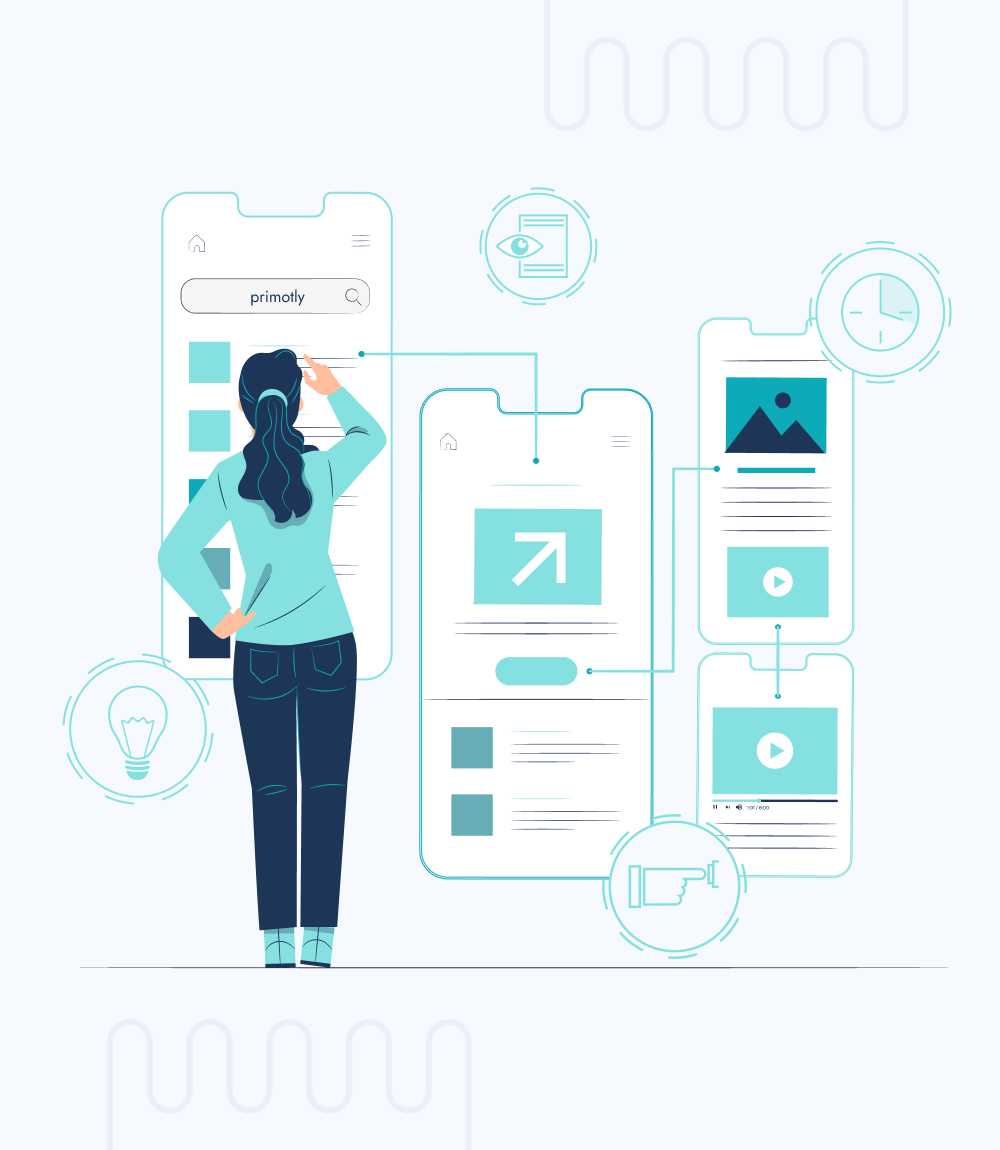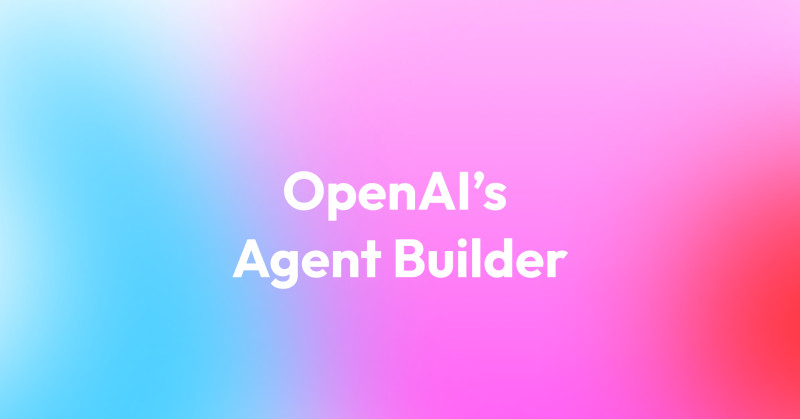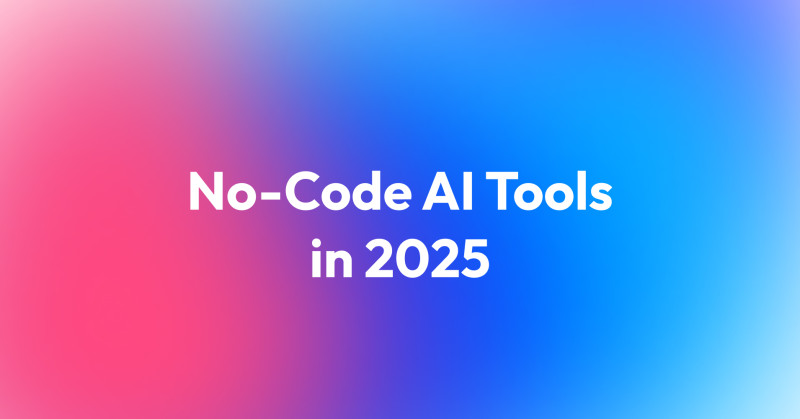In a previous article, we discussed the importance of UX and UI in a project. Let’s dive deeper and look closely at the person behind the design—Product Designer. Have you ever considered becoming a Digital Product Designer? Maybe you are wondering if you should hire one for your team? This article will help you to better understand this role in the process of making successful digital products.

What Does a Digital Product Designer Do?
Product Designer is involved in each and every step of the creation of a digital product in a tech company—from research to final UI design. This is a very transdisciplinary role that involves a combination of design, research, collaboration, and problem-solving to craft digital products that meet user needs while aligning with business goals.
Why do companies need Digital Product Designers? Good design leads to higher user satisfaction and loyalty, setting the company apart from its competitors. They can design features that drive revenue, increase user engagement, or support other strategic objectives. Designers also bring innovation, fresh perspectives, and problem-solving skills.
Digital Product Designer Skills
It’s impossible to become a renowned Digital Product Designer overnight. It’s a complex position that requires plenty of skills, knowledge, and experience. A Digital Product Designer's toolkit is rich and diverse, from user research and interaction design to prototyping and collaboration with cross-functional teams.

Market Research
Market research can help to better understand consumer behavior and current economic trends to confirm, improve, or change given business ideas. This phase is crucial to make sure the final product will be appealing to customers. Market research includes also analyzing competitors, and identifying opportunities and threats. It can be conducted at the same time as UX research since they are connected and share similar methodologies.
User Research
UX Research is important to understand users, their needs, and expectations. All gathered data should be described in a format that supports designing, development, and testing. The two general types of research are quantitative and qualitative.
The quantitative research goal is to gather and analyze hard data numerically. Qualitative research focuses on non-numerical data which gives valuable insights into opinions, motivations, and concepts.
Which type of research is better? Each one serves a different purpose, so a Digital Product Designer needs to know the differences and use each type according to the project’s needs. Quantitative research helps to confirm or test something, while qualitative research makes it easier to understand concepts and thoughts.
User Experience (UX) Design
The main goal of UX design is to enhance the overall experience that a user has while interacting with a product. It requires a compromise between users’ needs, business goals, and technology. Working on the data gathered earlier, designers make user flows, and information architecture, which are later reflected on prototypes and wireframes. UX design is iterative, which means that people involved need to continuously gather user feedback and make improvements accordingly. UX designers need to take care of the accessibility and inclusivity of the products.
User Interface (UI) Design
Layouts, fonts, colors, animations, and every other visual element of the user interface fall into this category. Understanding UI design not only focuses on what looks good but also how it’s impacting the user and the overall usability of a certain product. Design guidelines and style guides help achieve a coherent look for apps, websites, software, or any other digital product.
Business
A solid understanding of business and the market can help to make informed decisions and predict what may help the product or service you’re working on. It also makes negotiations with the business part of the team easier. It’s crucial to be aware of how design decisions can impact the company's bottom line. The knowledge about the relevant metrics and KPIs that the business uses to measure success, helps to fine-tune design to fulfill the company's goals better.
Team Collaboration
Digital Product Designer rarely works alone. There are many people involved in the process and a good specialist should be able to talk, discuss, and defend their idea while listening to what the other side has to say. Being a Product Designer includes conducting workshops, tests, and meetings—all of them require communication. Communicating with stakeholders is different than communicating with a team of developers. Excellent communication skills are a must-have to work effectively.
Technological Understanding
Being interested in technology, trends, and innovations helps to design better solutions to users’ problems. Digital Product Designer don’t have to be a coder but have to understand technological possibilities and limitations. Basic knowledge of programming and technological terms improves communication with developers.
What are Digital Product Designer Responsibilities?
When you work as a Digital Product Designer every day brings new challenges. What are the main duties you can expect in this position?
- Brainstorming and creating new product ideas
- Conducting market and user research
- Gathering and analyzing consumer feedback
- Making prototypes and conducting usability tests
- Meeting with developers, stakeholders, and other people involved in the process of making a digital product
Every project is different, so responsibilities can slightly vary depending on eg. how complicated the product or service is or the size of the design and development team.
The Process of Designing a Digital Product
There’s a long way from understanding the user's needs to creating functional and visually appealing interfaces. While the exact process can vary based on the project and team, here's a generalized step-by-step overview:
- Discovery and research phase.
- Defining problems and your solution.
- Creating User Personas and User Flows.
- Organizing content and creating Information Architecture.
- Developing low-fidelity Wireframes.
- Creating Prototypes.
- Conducting Usability Testing.
- Visual and Interaction Design.
- Feedback and interaction.
- Collaborating with developers.
- Testing a product before launching.
- Launch and deployment.
- Monitoring and iteration.
How to Become a Digital Product Designer?
Many people want to pursue a career in the field of design for tech but struggle to find a good way to do so. The combination of education, practical experience, and a strong skillset proven in a portfolio, are the three factors that can help you become a successful Digital Product Designer. What a roadmap for this career would look like?
1. Education
Do you need a university degree to become a Digital Product Designer? It’s not necessary, but if you have the opportunity to get formal education it can shorten your way to land a job. Education gives you a solid foundation and it’s absolutely crucial to move forward. What are other options besides university and bootcamps? You can check Coursera and Udemy for specific courses that shed more light on specific topics. Many experienced Product Designers share their knowledge on YouTube. Don’t forget about books, but be careful to choose newer titles.
2. Learn Relevant Tools
For sketching and ideation, a pen and paper can be enough to start! For UI/UX work Figma, Sketch, and InVision are used by most professionals. To collaborate and communicate within a team, tools like Miro and Slack are perfect. You can quickly check usability and accessibility with AChecker or WAVE. For analytics and user behavior tracking, the most popular tools are Google Analytics and Hotjar.
This is not the full list, and some companies may use different software than mentioned above. You don’t need to master each and every one of the tools available. You need a general understanding of how they work and why to use them.
3. Observe and Analyze
We are all surrounded by technology, and it's wonderful news because you will never run out of real-life examples of good and bad UX. From your favorite apps to ordering food to ticket machines—try to analyze how you interact with them. What solutions do you find innovative and which are only causing frustration?
4. Follow Industry Experts
Who should you follow to soak up knowledge?
- Norman Nielsen Group – The world’s most-known agency for UX research. They have been in the industry for years and their knowledge base is extensive.
- UX Design Institute – A great place to look for the industry’s insights.
- UX Collective – Another source of knowledge for future Product Designers.
5. Keep up with the trends
The IT is a very dynamic industry. You need to keep up with the trends because using outdated solutions won’t get you far. How do you stay updated with design trends? Follow design experts and influencers, read relevant blogs and websites, stay open-minded, and don’t hesitate to ask experienced Product Designers questions if you have a chance.
6. Build a Portfolio
Almost all job offers require you to send a portfolio with your application. Remember to carefully choose the projects you want to show to your potential employer—in this case, it’s worth following the “quality over quantity” rule. Norman Nielsen Group published an extensive article about how to create a good design portfolio.
7. Gain Experience
Let’s be honest: breaking into the industry without experience is hard. It's a good option to volunteer, attend hackathons, or help in a startup. Those experiences will look good on your resume but also show your potential employee that you have some hands-on experience. You already put theoretical knowledge into practice which sets you apart from many other candidates.
Finding a mentor is an excellent option to improve your skills quickly. You can get plenty of valuable feedback and learn how to talk about your design decisions.
What Challenges Do Digital Product Designers Face at Work?
Digital product designers face a multitude of challenges in their day-to-day work. Staying updated with ever-evolving design trends and technologies can be demanding, as they need to ensure their designs remain fresh and relevant. Digital Product Designers should always keep the balance between user needs and business goals. Working in a cross-functional team requires exceptional communication skills and being open-minded. Product Designer needs to perform well under stress and quickly adapt to changes. In this dynamic field, these challenges are both the crucible for creativity and the hurdles that must be overcome to deliver exceptional digital experiences.
Digital Product Designer: A Role of the Future?
The role of a Digital Product Designer is a prominent and rapidly evolving position in today's tech-driven world, and it is poised to play an even more crucial role in the future. In addition, a Digital Product Designer salary reflects the amount of knowledge and experience needed in this position, so the work is definitely rewarding not only in terms of satisfaction. As technology continues to shape the way we interact with the world, skilled designers with experience will be in high demand. The ability to create user-centric, visually appealing, and technologically proficient digital products will be essential for businesses striving to remain competitive and relevant in the digital age.





















